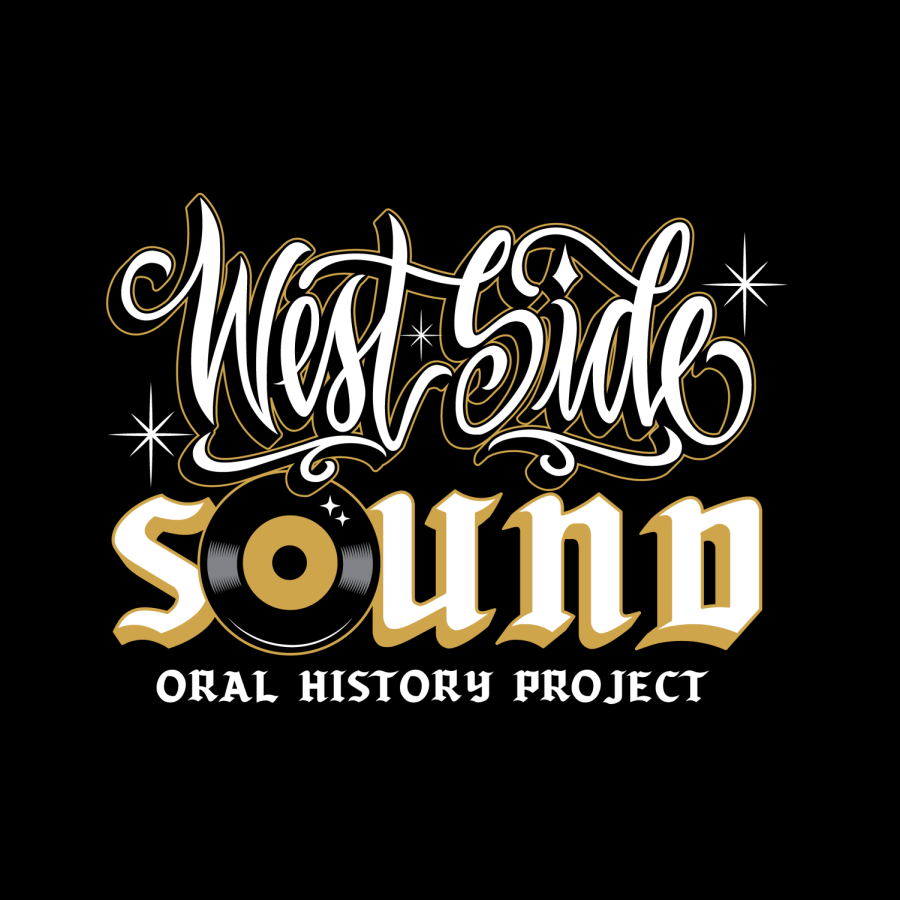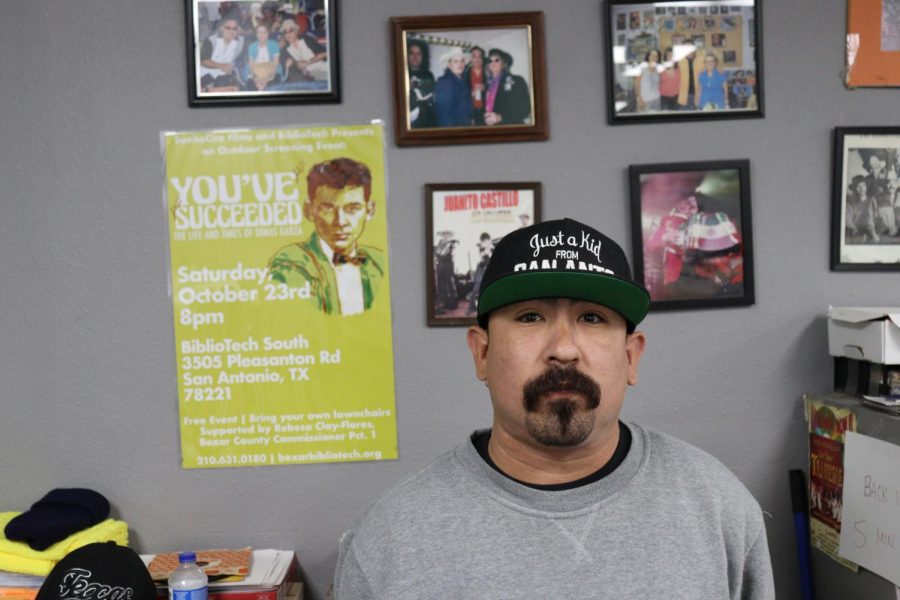The community leaders behind The West Side Sound
Community members speak to the significance of archiving music and memory
April 12, 2022
Equally important as the academic research and interviews that make up the West Side Sound Oral History Project, the people on the West Side embody the diversity and good-natured energy present in their community. From speaking with some members of the community, you begin to feel an urgent sense of pride and memory for the music that defined a generation.
A deep sense of creativity and pride is felt through the many murals that dot the sides of buildings. Community centers like Say Sí, the Guadalupe Cultural Arts Center and the Museo Del Westside exist as beacons of strength to the public.
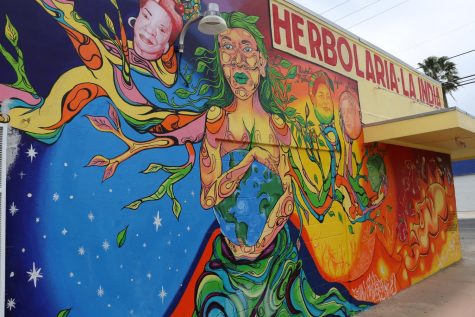
There is a palpable sense of unity intrinsic to those who are working to keep the West Side Sound alive today. The definition of that sound is different for most people. For some, it evokes a sense of comfort in the past — memories of their youth. For others, it is a mix of genres ranging from Conjunto to Tejano, R&B to Jazz.
Rambo Salinas manages the record shop Friends of Sound at the corner of Fredericksburg Rd. and W. Ashby Place. The shop carries many genres of music. Salinas spoke to the change from Conjunto to Tejano and subsequently what happened to the music.
“Tejano got influenced from Conjunto. That’s when I would say the bands and the instruments changed a lot, so the sound changed.”
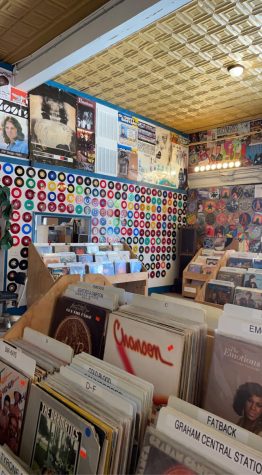
That sound — what many now refer to as the West Side Sound — began to take shape. The term “West Side Sound” was not officially coined until the early 1980s by San Antonio musician Doug Sahm. Now, the term has reignited a fire in the local community, record collectors and historians.
Chuco Garcia is a local filmmaker in San Antonio. His documentary “You’ve Succeeded: The Life and Times of Dimas Garza,” was released last summer. The film told the story of Dimas Garza, a Chicano vocalist part of the group The Royal Jesters. Garcia spoke about what defined the sound, musically, of some of the West Side Sound bands.
“It’s heavy on the horns, man. The whole brass section defines it. [West Side Sound] its kind of hard to explain, there is so much even before Sunny [of Sunny and the Sunliners], The Royal Jesters, stuff like that … all those artists that came out from the West Side, recorded on the West Side … Ruiz Street, General McMullen, all those labels and locations.”
Salinas spoke about the influence the Highway 90 corridor had on new music entering San Antonio in the early days of the West Side Sound.
“They’re associating it [West Side Sound] with 60s and 70s … a little bit of the late 50s R&B sound that comes from the influence from like Highway 90. Which is a lot of stuff from New Orleans, which is the Jazz, which is the R&B, which is the Dave Bartholomew, Fats Domino … when that started coming down here, I think that gave a lot influence to the young teenagers and they kind of shaped it and molded it with Motown and everything else they heard and created this sound of their own … along with their cultural roots in Mariachi and Conjunto.”
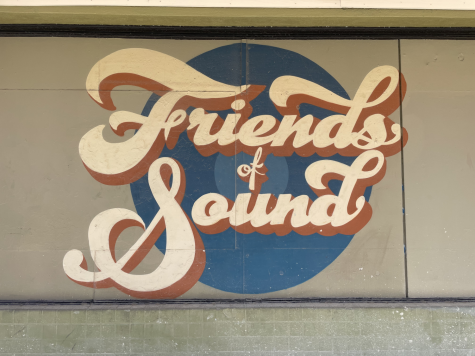
Robert Esparza owns Janie’s Record Shop located off Bandera Road. The shop was opened by his mother, Janie, on Aug. 1, 1985. She passed away on Sept. 1, 2021, but her children keep her dream of owning a record shop alive today. The shop is known for its wide variety of Tejano and Conjunto discography, vinyl and 45s. The shop is a museum of sorts, with posters and old photos on the walls, a small stage for in-store concerts, an eight-track boombox and Robert smiling from behind his desk.
He spoke about the resurgence of vinyl today, due in part to teenagers yearning for older music, but also to families bonding over a love of music.
“In 2022 now, we got teenagers and 20-year olds that are looking for the old, vintage music … lo and behold we have it. We’ve been displaying vinyl extensively for the last 16 years at this location.”
He goes on to speak on the future of Janie’s Record Shop and the family aspect present in the shop.
“It’s a family affair. We enjoy everyone that walks through the door … the reason why I can tell these stories is because my mother told me these stories … I have a passion for it now,” Esparza said.
Garcia spoke about the importance of the physical records, listening to them and using them as a service to unite the older generation with the new.
“The way I think of it … it means so much more because you went out to seek that record. Although they call us record collectors we’re still kind of being like archivists, we’re kind of being like historians and replaying it to the audience, it’s [the music] being taught to the younger generation. At the same time, it’s being played to the older generation. That means a lot being a record collector and a documentarian.”
The West Side Sound Oral History Project is aiming for a community exhibit in the beginning of May. You can read the first interview in this series here. You can find more of Chuco Garcia’s work on YouTube and Vimeo.


